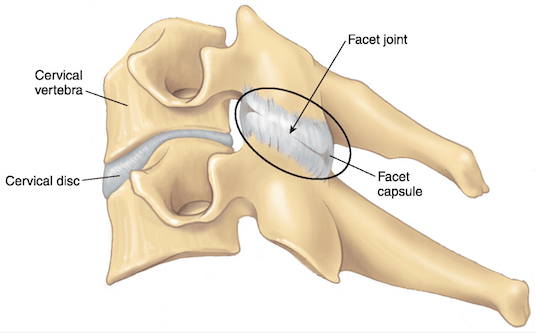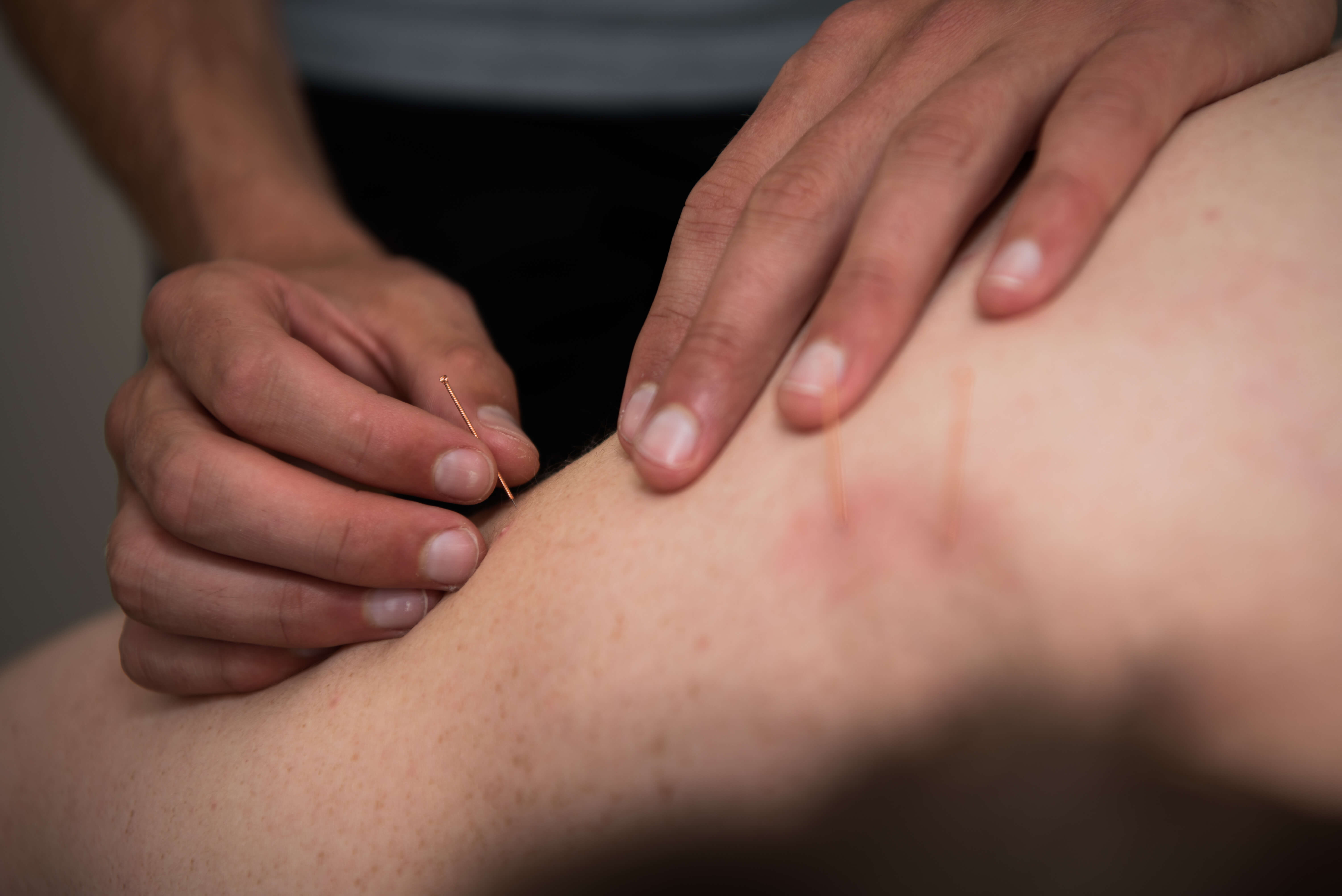Joint Cracking – What was that!?
Have you ever wondered what the joint cracking technique used by osteopaths (and others) really is? Maybe you’ve experienced it for treatment of a musculoskeletal complaint. Or possibly you’ve heard of it and are curious to know more. In Osteopathy, we call this technique a High Velocity Low Amplitude Thrust, or HVLA for short. You may have heard of it as an ‘adjustment’ or ‘manipulation’. In this technique, the therapist sets up the joint at an optimal angle and applies a short and fast thrust, usually creating a cracking sound.
The cause of that ‘cracking’ sound is probably not what you expect. It’s not the sound of a bone moving into place, joints realigning or two bones contacting each other. In fact, there is very limited movement available at a spinal joint. If we were able to move bones around with our thrust, the average collision in a game of football would leave players in a crumpled heap! Although there’s a lot of nuance that we still don’t fully understand, the leading scientific theory suggests that the ‘pop’, or ‘cavitation’, is from a gas bubble within the joint. And the effects are a lot more intricate than “realigning” joints.

Each joint is fully enclosed by a capsule and filled with fluid, allowing for smooth movement of the two adjoining bones. During a manipulation the joint is safely and temporarily stretched, changing the pressure levels in the joint fluid and either forming or collapsing a gas bubble… and like a bottle of the Bellarine’s finest sparkling – pop!
This technique is often used in the treatment of neck and back pain, but can also be utilised to effect change in the limbs, hips and shoulders. HVLA is proposed to act on the nervous system and the musculoskeletal system. Research has shown it to be helpful in reducing pain, increasing motor control and strength, and improving range of movement.
The osteopaths at Peninsula Osteopathy + Allied Health may choose to offer you this technique if it is appropriate for your condition. There are a multitude of techniques at the osteopath’s disposal and they will work closely with you to design a treatment and management plan that best suits your personal circumstances. When questioning you about your condition and health history, your osteopath will be determining whether there are risks for any of our treatment options. So now you know a little more about HVLA, would you be willing to explore it with your osteopath?
Sources:
- Haavik, Heidi, et al. “The Potential Mechanisms of High-Velocity, Low-Amplitude, Controlled Vertebral Thrusts on Neuroimmune Function: A Narrative Review.” Medicina 57.6 (2021): 536.
- Wirth, Brigitte, et al. “Neurophysiological effects of high velocity and low amplitude spinal manipulation in symptomatic and asymptomatic humans: a systematic literature review.” Spine 44.15 (2019): E914-E926.
- Dunning, James, et al. “Cavitation sounds during cervicothoracic spinal manipulation.” International journal of sports physical therapy 12.4 (2017): 642.
- Harwich, Andrew S. “Joint manipulation: toward a general theory of high-velocity, low-amplitude Thrust techniques.” Journal of chiropractic humanities 24.1 (2017): 15-23.


